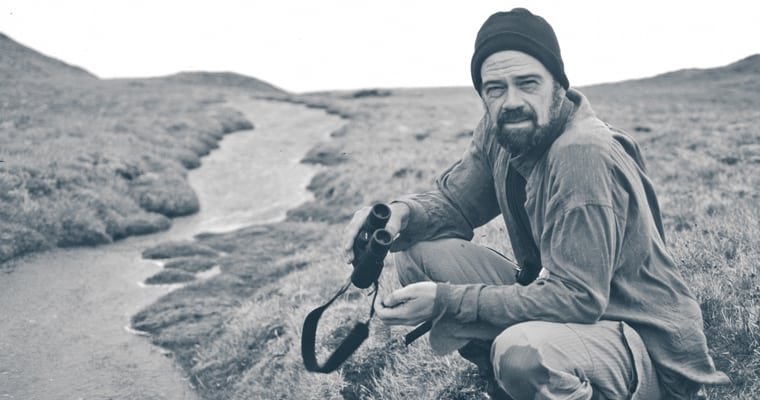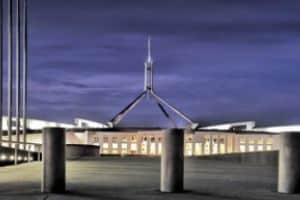This May, we celebrate our 20th year. Sparked by the book Feral Future, the Invasive Species Council is now Australia’s lead organisation dedicated to tackling the biggest threat to the country’s natural world.
In those 20 years, the organisation has become renowned for punching above its weight. The full list of our achievements over these past two decades is too long to run through in full, but includes some major wins for our native species and ecosystems.
In 2017, we secured the world’s most ambitious invasive ant eradication program – $411 million in a 10-year commitment to eradicate red fire ants from South East Queensland.
Last year, our Reclaim Kosci campaign successfully campaigned against the protection of feral horses in Kosciuszko National Park and secured a NSW Government commitment to actively manage their population from 14,000 to 3,000 by 2026.
Had the Invasive Species Council not existed for the last 20 years, it’s worrying to think how much worse the invasive species bill would have been for our native wildlife.
But there’s still so much left to do. The CSIRO recently ranked invasive species as the number one threat to Australia’s environment. And we’re game to keep tackling their impacts if you are.

The next decade will revolve around one key word: biosecurity. Through initiatives like the Decade of Biosecurity, we’ll strengthen the nation’s biosecurity system in the face of increasing pressures, including climate change and the changing scale and complexity of global trade and travel.
We’ll also be ramping up our campaigning on the invasive species already established in Australia. Introduced predators like cats, feral hard-hooved herbivores like deer and horses and invasive insects like yellow crazy ants will be big focus areas. Later in the year we’re looking at taking on new areas, possibly including weeds and marine invaders, improved Indigenous engagement and amplifying citizen science to keep our native wildlife safe from invasive species threats.
We thank you for all your support over these first 20 years, and hold high hopes for what the next 20 years can bring.




